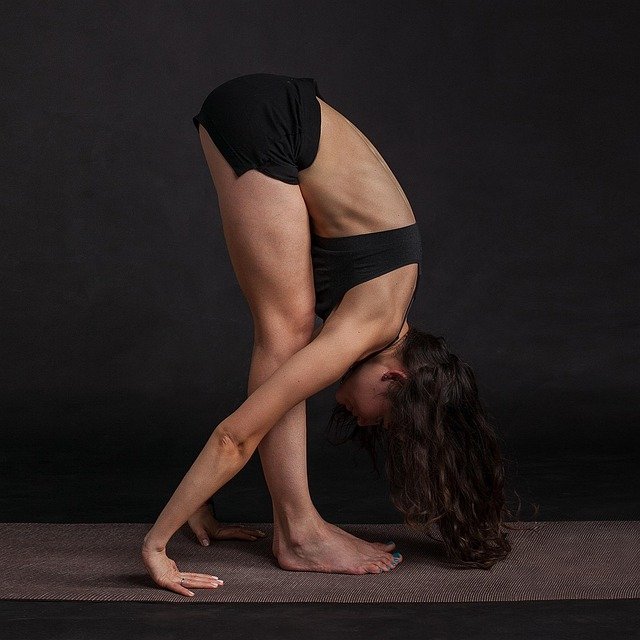Tracking progress: simple metrics for skin condition and physical readiness
Simple, measurable indicators make it easier to monitor skin condition and physical readiness over weeks and months. This article explains practical metrics—from hydration and posture to strength and sleep—that are easy to record and interpret for steady progress.

Tracking small, consistent signs of change can clarify progress in both skincare and physical readiness without overwhelming metrics or expensive tests. Start with a clear baseline and use repeatable, simple checks that reflect hydration, nutrition, movement quality and recovery. Over time, consistent data helps you adjust routines and interpret which interventions produce reliable improvements in skin condition and functional fitness.
This article is for informational purposes only and should not be considered medical advice. Please consult a qualified healthcare professional for personalized guidance and treatment.
skincare: how to track skin condition
Assessing skin health can be straightforward if you focus on repeatable observations. Take standardized photos under consistent lighting and distance weekly or biweekly, note texture (smooth, rough), visible redness or pigmentation, and any active blemishes. Record how long topical products feel effective and whether irritation appears. A simple skin diary that logs nightly routine and perceived changes provides context for photographic evidence and helps separate product effects from normal variation.
Additionally, consider measurable factors like skin elasticity tests (gently pinching and timing return to normal) and noting oiliness or dryness at different times of day. These simple checks give objective clues about hydration and barrier function without specialized equipment.
mobility and movement: simple checks
Mobility and movement quality indicate readiness for activity and risk of strain. Use basic screens such as reach tests (how far you can reach forward or overhead), squat depth (how comfortably you can achieve a full squat), and single-leg balance for 30 seconds. Repeat these tests weekly to identify trends—improvement in range of motion or balance typically means better mobility and coordination.
Track any joint pain, stiffness on waking, or limitations during daily movement. Recording these alongside activities (e.g., sitting time, types of exercise) helps link mobility changes to lifestyle and training adjustments.
strength and flexibility: measurable tests
Strength and flexibility can be monitored with a handful of reproducible exercises. For strength, use bodyweight or simple weighted tests like push-up or plank duration, number of bodyweight squats in a minute, or a consistent weighted deadlift or press and record reps at a set load. For flexibility, measure hamstring reach or shoulder mobility with a tape measure or fingertip-to-floor distance.
Perform these tests every two to four weeks under similar conditions. Incremental increases in reps, load, or range of motion reliably indicate progress and support programming decisions for strength and flexibility training.
nutrition and hydration: markers for skin and readiness
Nutrition and hydration show up quickly in energy, recovery and skin appearance. Track daily water intake and note skin texture, plumpness, and morning puffiness. Keep a simple food log for a few days each month to check protein distribution, fruit and vegetable intake, and simple carbohydrate timing relative to workouts. These patterns link to both skin hydration and the body’s capacity to repair and perform.
Watch for signs of underfueling such as persistent fatigue, stalled strength gains, or dry, flaky skin. Adjusting macronutrient balance and ensuring adequate electrolytes can influence circulation, hydration and resilience.
recovery and sleep: measuring resilience
Recovery and sleep are core to both skin repair and physical readiness. Track sleep duration and quality with a journal or a sleep tracker, noting how rested you feel on waking. Use morning resting heart rate or perceived exertion during standard low-intensity activity as simple resilience markers: a rising resting heart rate or increased breathlessness at easy effort can indicate inadequate recovery.
Also monitor soreness patterns and how long it takes to feel ready for the next session. Faster recovery and consistent, restorative sleep generally correlate with better skin regeneration and improved training responsiveness.
putting metrics together for progress
Combine indicators into a weekly or monthly snapshot: skin photos and notes, mobility screens, a couple of strength tests, hydration and nutrition logs, and sleep/recovery markers. A single spreadsheet or habit-tracking app can store entries so you can visualize trends rather than reacting to day-to-day noise.
Interpret patterns rather than isolated data points. For example, a temporary dip in energy with no change in sleep may point to hydration or nutrition, while gradual improvements across mobility, strength, and sleep suggest sustainable progress in both skin condition and physical readiness.
Conclusion
Simple, repeatable metrics—photographs and texture notes for skin, mobility and balance screens, basic strength tests, hydration and nutrition logs, and sleep/recovery measures—provide a reliable framework for tracking progress. Regular, consistent recording and looking for patterns over weeks and months help separate meaningful change from normal variation and guide sensible adjustments to routines.





